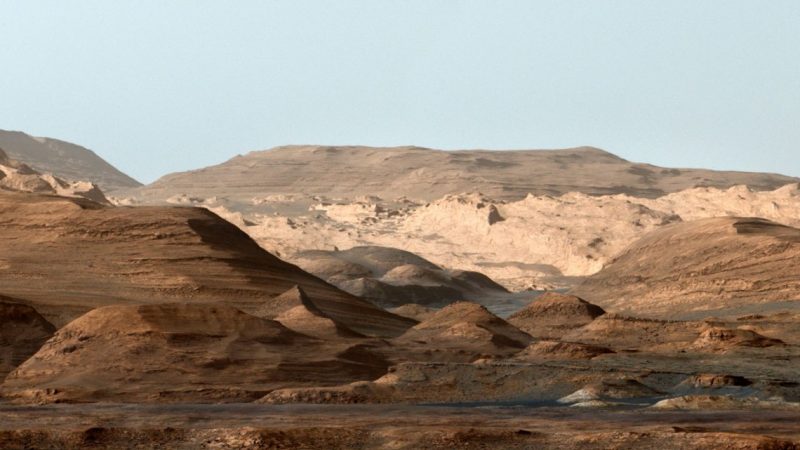When you think about weather on other planets, you might think of the Big Spot on Jupiter or the high carbon dioxide heat of Venus. On Mars, we think about both dust storms and water. Here is an interesting story from EarthSky about some new evidence of megafloods after a meteor strike, which melted a lot of subsurface ice and caused tremendous surges of water on the surface, leaving geologic evidence of giant ripples that show the flow of water over time. Something similar happened here in the US at the end of the last Ice Age when an ice dam in the Pacific Northwest broke and released a huge lake of water, which scoured parts of current-day eastern Washington and left behind clues in the form of giant sand ripples, plunge pools, and other water features. You can read more at https://earthsky.org/space/megafloods-gale-crater-mars-life-curiosity-rover
